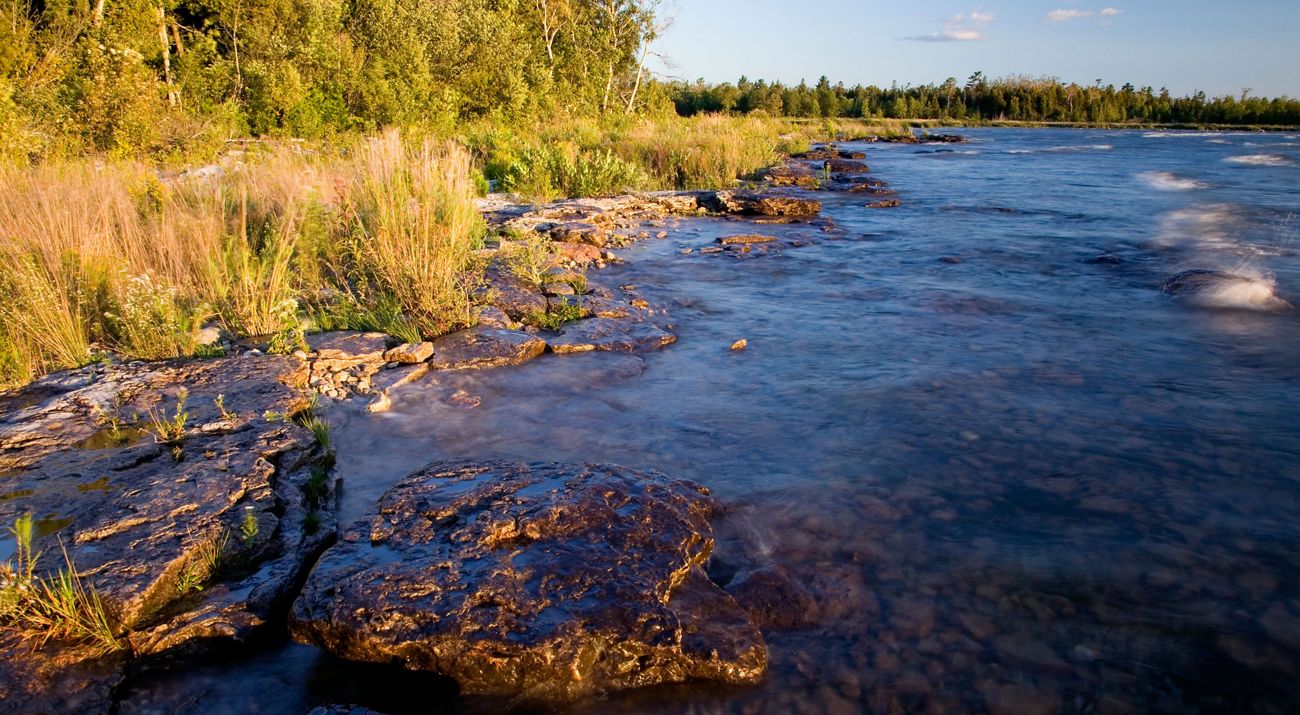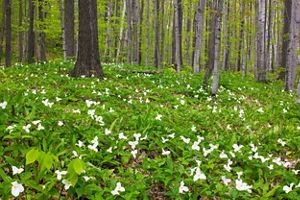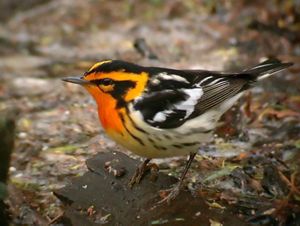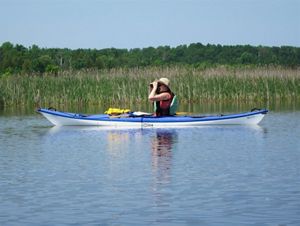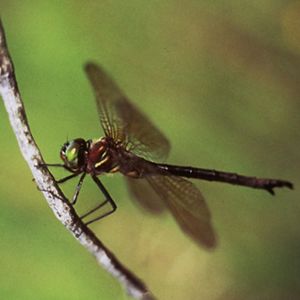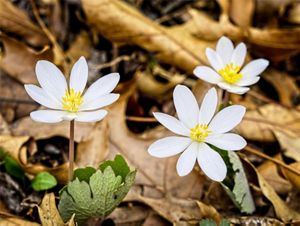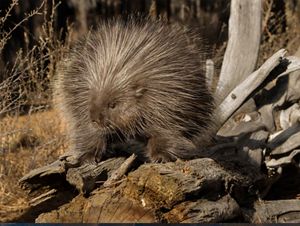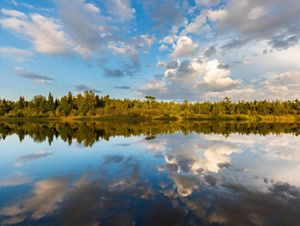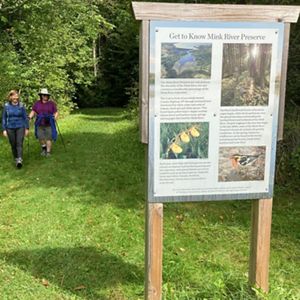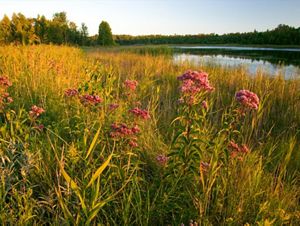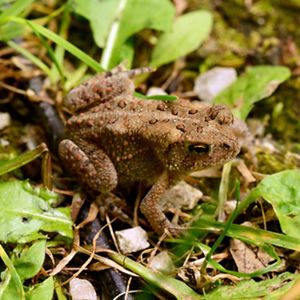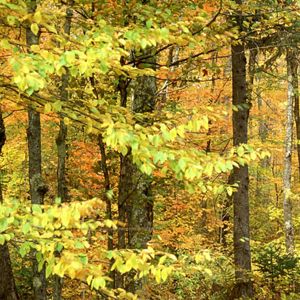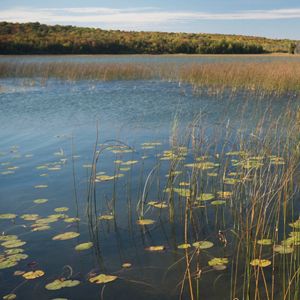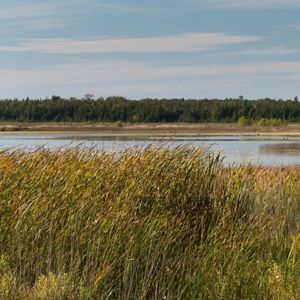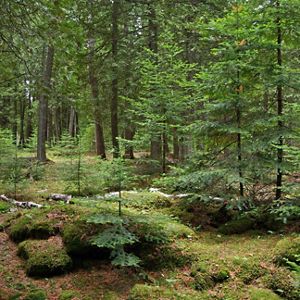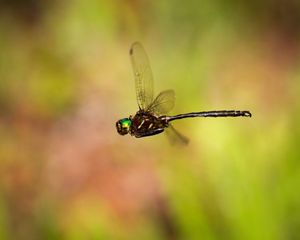Description
At the Mink River Preserve, waters from the river and Lake Michigan combine to form one of the few high-quality freshwater estuaries remaining in North America. The preserve is important for fish spawning and as habitat for breeding and migratory birds and other wildlife.
It is also one of four preserves owned and managed by The Nature Conservancy (TNC) in Door County that provides habitat for the rare Hine’s emerald dragonfly, which was thought to be extinct until it was discovered here in 1987.
Door County hosts the greatest abundance of this federally endangered dragonfly in the world, and TNC is working with scientists and other partners to learn more about the dragonfly and protect its habitat.
Destination Door County has created a great video series about natural areas in Door County that may not be as well known as others. In this video series, you can take a kayak trip down the Mink River with TNC’s Door Peninsula Land Steward Kari Hagenow.
